High School Instructions: Take Naps!
Photo via Wikimedia Commons under the Creative Commons license.
Lack of sleep is a common theme among high school students all around America. Many students are involved in after-school activities and then forced to come home and work on homework or projects, no matter what the time is. The result: we often find ourselves dozing off in a variety of classes and being punished for these actions. However, what if you could doze off during school hours and not have any consequences? Wouldn’t that be better than trying hard not to fall asleep and not being able to focus on what is being taught in the classroom?
Many schools around the nation are introducing napping at school. Several teachers understand that students stay up into the late hours of the night, are now inviting in the new technique of napping at school. Educators now see these breaks in a new light that will improve the performance of teenagers who don’t get enough sleep at home.
Many students are creating nap clubs, where anyone who is feeling like a walking zombie can meet and rest quietly. A variety of schools actually created “quiet rooms” where no speaking or technology is welcomed. New studies reveal that when a student is able to find rest in the middle of their busy day, it helps them get rid of some pressure and get into college. One of the educators involved, Janet Ferone, believes in these new methods because “a lot of our kids are falling asleep in their academic classes, so we needed to make a plan for them to stay awake and meet their goals.”
Other countries have adapted these techniques and have seen tremendous progress. For example, students in Japan often take naps in the middle of their day and teachers observed a major impact on test scores. It has been proven that the students who get a good night’s sleep, do better in school. They don’t have as many mood disorders, they have decreased illnesses, and overall they perform better academically. Only about eight percent of students in high schools get enough sleep on an average school night, leaving other students to be sleep deprived and less focused. Many teenagers only get about five to six hours of sleep each night, which is two less than what they should be getting.
These schools aren’t dedicating an hour or two to napping in school; many are only fifteen to twenty minutes just to “recharge the batteries.” Also, many of these clubs aren’t even during the school day and offer it up as an after school activity to get a power nap in before going to extracurriculars and doing homework.
With this new phenomenon arising, education may look completely different than how it is now. As students begin to join these new clubs and make them stronger, high schools everywhere may take in these new changes. Taking the students’ health and lives into account, our school systems may alter the course of education forever, allowing for more productivity.

Hi guys, I'm Morgan and I am a junior at Air Academy. I will be the Junior Student Life editor this year. I am a fruit fanatic and have an obsession with...



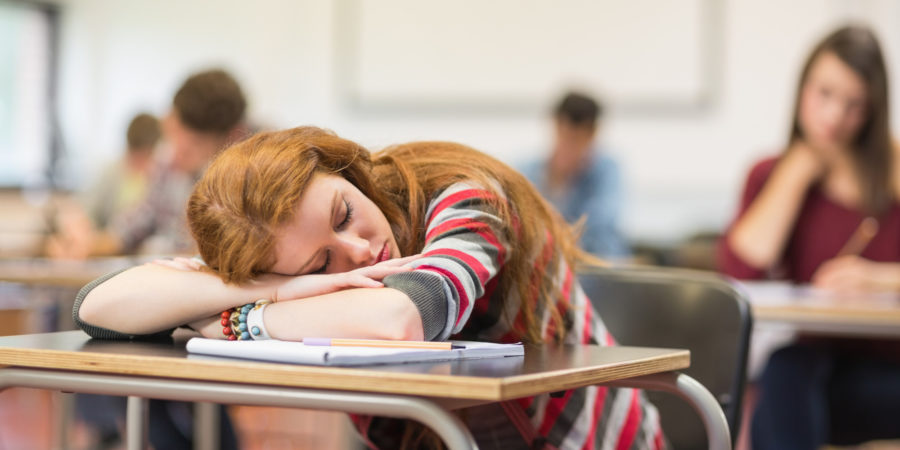
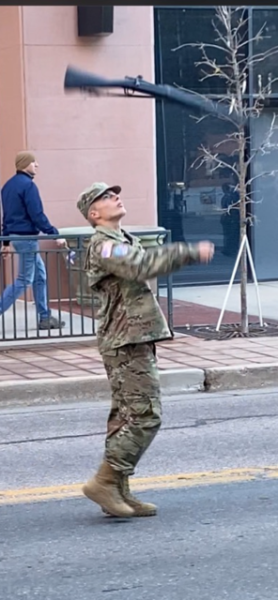


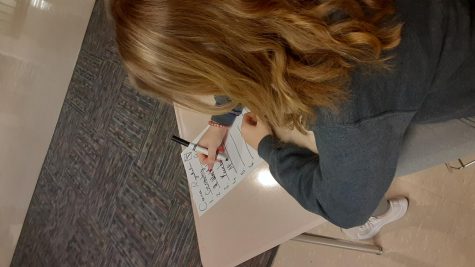
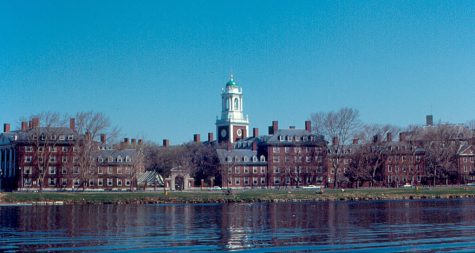


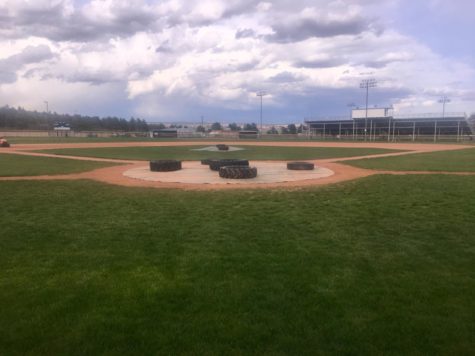
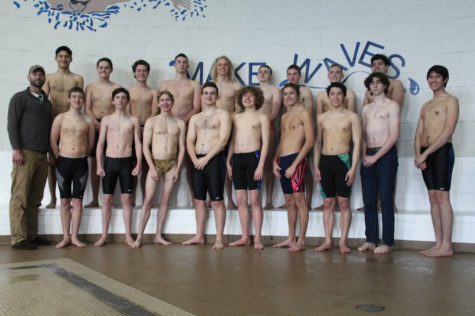
Ashlie Steel • Mar 2, 2017 at 1:20 pm
I know the 20 minute naps I take during class help boost my focus and willingness to learn, but the imprints on my face from my jacket aren’t fun. I say let the naps take over school!
Jessica Cox • Mar 2, 2017 at 1:10 pm
I would love if we were able to take naps in school. I would definitely be able to focus better.